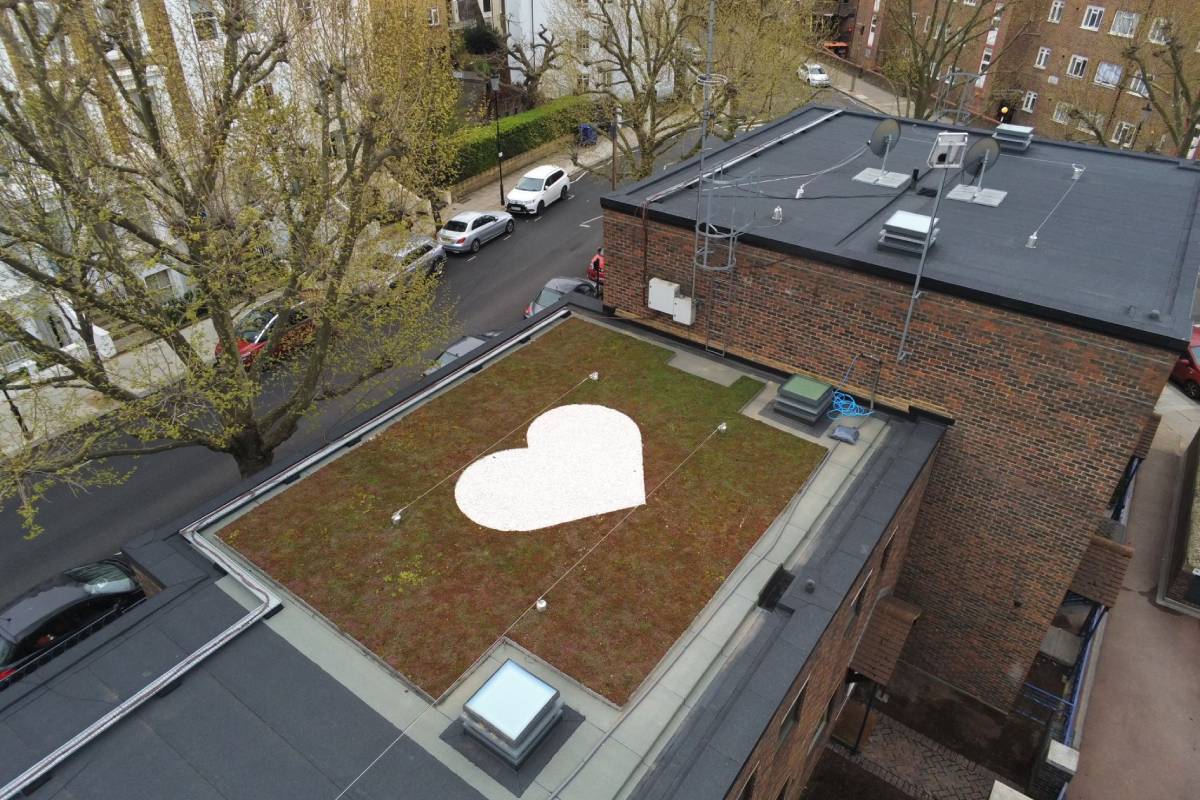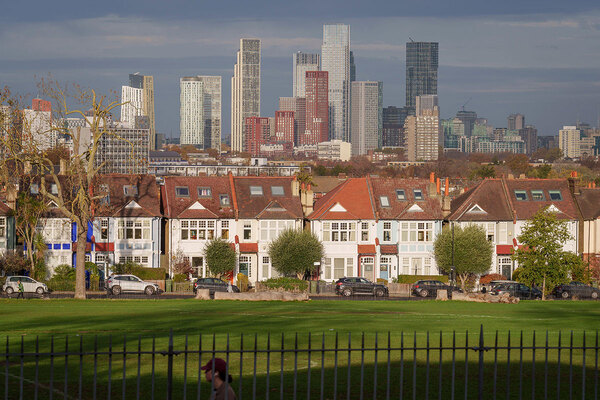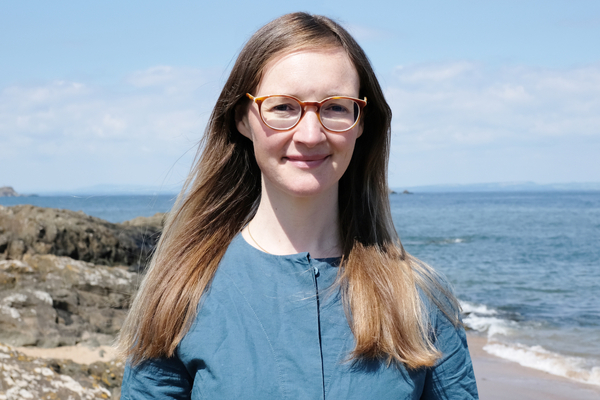How Kensington and Chelsea is navigating the road to net zero
A desire for safe and decent homes has driven her borough’s recent sustainability projects, writes Elizabeth Campbell, leader of Kensington and Chelsea Council
In Kensington and Chelsea we have an ambition to be net zero in our operations by 2030. It is an ambition shared across councils, and – let’s face it – an ambition which is becoming more and more challenging to achieve in the current financial climate.
In our borough alone we are preparing to make £40m of savings over the next five years. So how do you do that and keep your environmental ambitions alive?
In Kensington and Chelsea we are putting our communities first and taking a pragmatic approach to achieving our net zero ambition, without compromising services. Just recently, we switched all the fuel for our waste vehicles to hydrotreated vegetable oil. This is reducing the emissions from our most polluting transport without compromising the service and we’re not seeing a cost differential either. That’s the ideal model.
When it comes to housing, the challenge is far greater. We have a huge job to do to improve the housing stock across the borough that we inherited from the tenant management organisation in 2018 following the Grenfell tragedy. It was found to be in a state where we had more work to do than we could have ever imagined.
Since 2019, we have spent £310m on our capital works programme and we are likely to spend at least the same again between now and 2030. The priority is safe, decent homes for our residents, but in meeting that priority we are finding opportunities to improve our sustainability. Modernising energy sources, and taking a fabric-first approach, for example by replacing aging windows, benefits our residents and the environment. For us, reducing emissions is a useful and important secondary result of making our homes the best they can be for our residents.
We have made some major interventions, like new solar and green roofs on three of our council housing blocks. At Camelford Court in north Kensington, 98 solar panels are expected to save around 15,000kg in carbon emissions per year. There are also two bio-roof sections featuring heart motifs in remembrance of those lost in the Grenfell Tower tragedy, as well as low-maintenance plants which will capture carbon and pollutants from the air.
Over time, we expect this renewable energy to have an impact on reducing bills and service charges for residents, who co-designed the roof. It’s so important that people who live in our homes are part of these works and have a say in what happens to the buildings they live in. This year we plan to consult with residents on a new sustainability and fuel poverty strategy for our housing management department.
Across the north of our borough, we are collaborating with the community on more than 50 sustainability projects. As one of just two neighbourhoods selected by the Mayor of London’s Future Neighbourhoods programme, we’re proud to be partnering with local organisations and community groups to get things done that make our neighbourhoods more liveable.
We have created five new jobs in the green sector, grown our publicly accessible green space by nearly 500 square metres, offered 24 workshops in gardening and cooking, held 34 repair cafe events to help people get their old goods fixed rather than buying new and introduced three new community kitchen gardens. We have harnessed the power of community with more than 7,000 volunteer hours and planted 500 new trees across the borough, 70 of those in our housing estates.
We are also completing major retrofit works, such as at six local schools, where we have replaced old gas boilers with modern air source heat pumps. On our estates we are improving glazing and insulation, which is also having the added benefit for our residents of improving security and acoustics.
It is time as local authorities to acknowledge that the road to net zero is not smooth, it is not easy, and it is not something we can achieve alone. The road to net zero requires a whole society effort, but we can play our part by putting our communities first, making the environment a beneficiary of the work we do to improve the lives of the people we are here to represent.
Elizabeth Campbell, leader, Kensington and Chelsea Council




